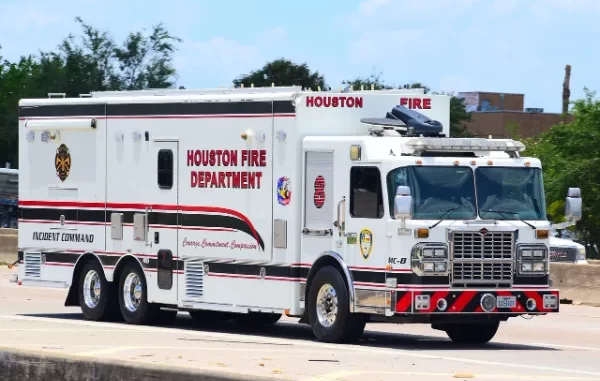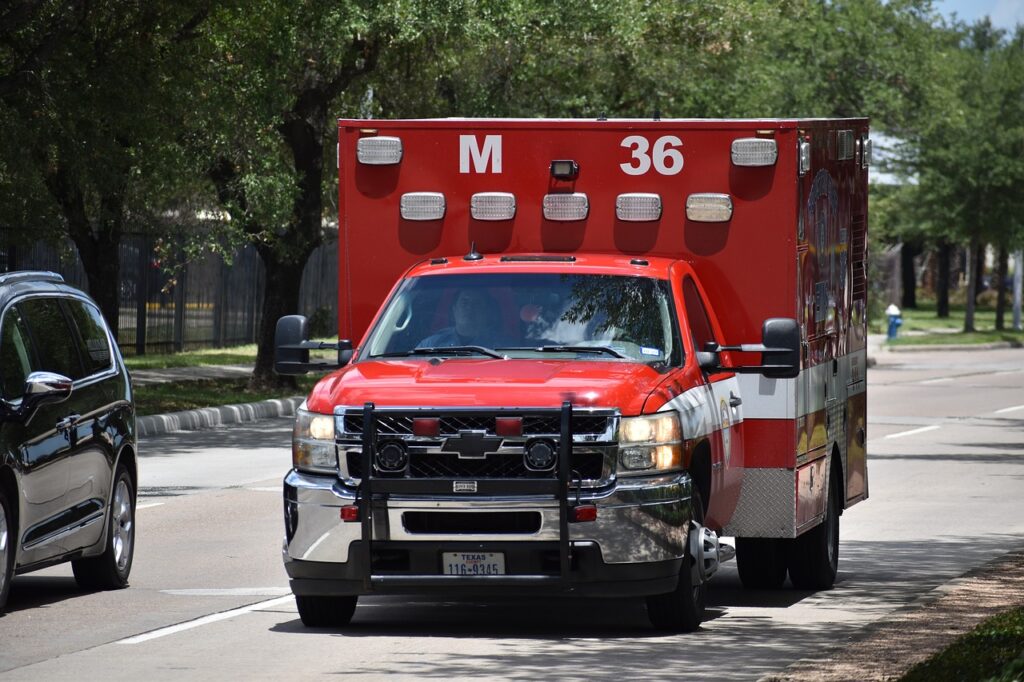
In a rapidly changing world, characterized by an increasing frequency of natural disasters, health crises, and unexpected emergencies, the importance of preparedness has never been more evident. However, preparedness is not solely an individual responsibility; it extends to the very heart of our communities. Engaging communities in preparedness efforts is a vital component of building resilience, fostering unity, and safeguarding lives and livelihoods.
The article delves into the significance of community engagement in preparedness and how it can make a profound difference in the face of adversity.
**1. Local Knowledge and Expertise on Preparedness Efforts
Communities hold a wealth of localized knowledge and expertise that cannot be replicated elsewhere. They possess an intimate understanding of the unique risks, vulnerabilities, and resources present in their surroundings. By involving community members in preparedness initiatives, this invaluable insight can contribute to more accurate risk assessments and targeted response strategies. This local wisdom enhances the effectiveness of preparedness efforts by tailoring them to specific needs, ultimately leading to better outcomes during crises.
**2. Collaboration and Unity
Effective preparedness requires a collaborative approach that transcends individual boundaries. Engaging communities in preparedness efforts fosters a sense of collective responsibility. When community members work in tandem with local authorities, first responders, and organizations, they create a cohesive network that can coordinate responses swiftly and efficiently. Collaboration nurtures trust and shared goals, leading to quicker recovery and reduced impacts in the aftermath of disasters.
**3. Empowerment and Self-Sufficiency
Prepared communities are composed of empowered individuals. Engaging community members in preparedness activities equips them with the knowledge, skills, and resources needed to take proactive measures in the face of emergencies. From basic first aid to evacuation plans, individuals who are well-prepared can make informed decisions, reducing their vulnerability and dependence on external assistance. This empowerment fosters self-sufficiency and independence during crises.
**4. Raising Awareness and Overcoming Complacency
Complacency is a significant barrier to preparedness. Many individuals underestimate the risks they face and fail to take action until it’s too late. Community engagement initiatives provide platforms for education and awareness-building. By sharing real-life experiences, conducting drills, and disseminating information, communities can grasp the gravity of potential threats and the importance of being prepared. Awareness not only saves lives but also encourages others to adopt a proactive mindset.
**5. Social Cohesion and Emotional Support

In times of crisis, social support serves as a lifeline. Engaged communities are more likely to foster strong social bonds and connections. When disaster strikes, these connections become a source of emotional support, aiding in psychological resilience and reducing the long-term impacts of trauma. Community engagement nurtures empathy and a sense of belonging, making it easier for individuals to overcome challenges collectively.
**6. Resource Allocation and Innovation
Communities house a plethora of resources that can be mobilized during emergencies. Engaging community members allows authorities to tap into these resources more effectively. Whether it’s local volunteers, shelters, or supplies, the collective capacity of a community can supplement official efforts. Moreover, community engagement encourages innovative solutions that might not be evident in top-down approaches. Local creativity and adaptive thinking can lead to novel strategies for preparedness and response.
**7. Long-Term Sustainability

Preparedness is not a one-time event; it’s a continuous journey. Engaging communities in preparedness efforts ensures that the momentum is sustained over time. When individuals and groups are actively involved, preparedness becomes a part of the community’s identity and ethos. This long-term commitment establishes a culture of resilience that can be passed down through generations, reinforcing a cycle of preparedness for years to come.
Conclusion
Community engagement is the cornerstone of effective preparedness efforts. By tapping into local knowledge, promoting collaboration, empowering individuals, raising awareness, building social bonds, enhancing resource allocation, and fostering sustainability, communities become robust and resilient in the face of adversity. Preparedness becomes not just a goal, but a way of life, transcending boundaries and transforming societies into proactive and resilient entities capable of weathering any storm.

Leave a Reply